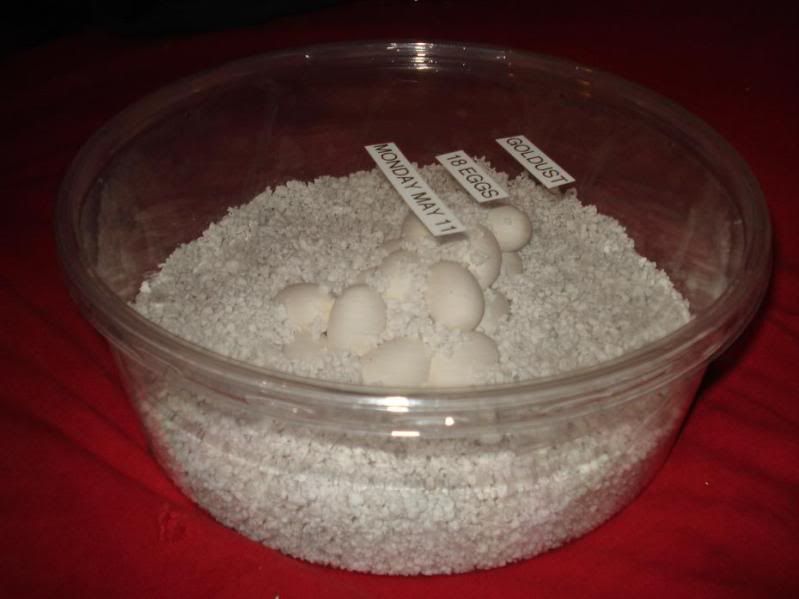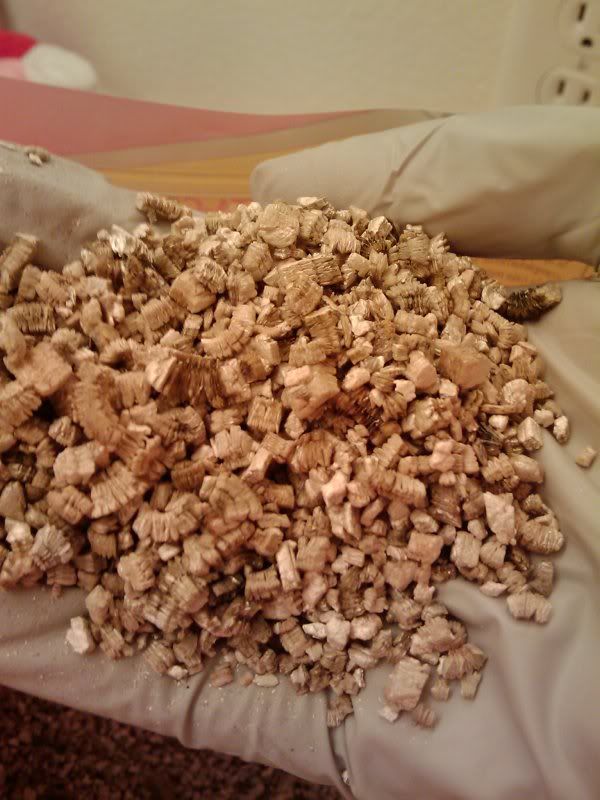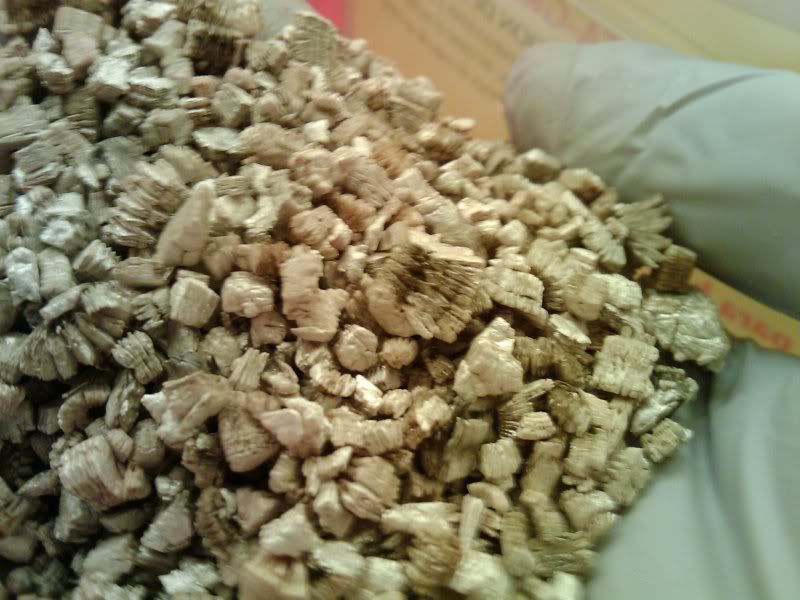I don't know if I missed it, but I didn't notice how you are keeping them warm - an incubator, or just sitting on a shelf in a warm room?
The eggs are in a plastic tupperware container with 4 holes. Currently, they are on top to of my dresser in my closet. The lowest temperature that the thermometer has read at was 77.4 degrees Fahrenheit. Right now, the thermometer is reading the temperature at 82.5.
Sounds like you have received all the right advice. I may have missed it, if someone already answered then I am sorry.
You asked if she should be fed now, yes, you need to start feeding her. Begin with a few "half" sized meals. After two, you should be able to go to normal feeding.
Also, if she didn't breed the snake in the store, then it is possible she retained sperm from the previous years breeding (if she was bred). This may be why you have a small clutch. Hopefully that is not the case. If it is, you will likely end up with babies that shows kinks and deformaties like enlarged heads, underdeveloped bodies and such. Hopefully that isn't the case here.
Good luck and keep us informed.
dc
Thanks so much for the advise and concern Camby. I really appreciate it. Uhm, but I kinda fed Arshess a regular sized meal (small adult mouse) today. >.<;;; However, I did feed her a f/t pinky mouse 8 days prior. She just looked so weak after laying the eggs, that I wanted to give her something for a bit of energy. Anyway, she seemed to take the mouse down fine today. So, I hope nothing bad happens. But, I'll keep a close eye on her just in case.
As for the babies, I really hope they turn out alright. Actually, I'm just hoping that they'll be able to come to full term. But, thanks so much for giving me a heads up on possibile problems that I may come up with if the eggs hatch. For sure, I'll keep you guys updated on these little guys.
the possible retained eggs. If she takes a small meal, let her digest it first. But within several days, you need to GENTLY BUT FIRMLY check again for the retained eggs as you did before, but with a little more pressure in the belly. You still have some time, but within a week or so of egg laying, you should be prepared to check carefully and deal with any problems, as I suggested in my book.
Good luck!
Thanks so much for the advise Kathy. =) I'm kinda star-struck right now. I can't believe that you posted in my thread. Anyway, she digested and defecated (today) the f/t pinky that I gave her 8 days ago. I guess she retained the feces until she shed this morning. Usually she has a bowel movement 3 days after eating.
Prior to feeding her, I gave her a bath and let her slither around a wet hand towel to make sure she didn't have any retained shed. After, I dried her off with a dry shirt and felt her sides and her belly as she moved along.
I don't believe I felt any lumps or anything on her lower 2/3rds of her body. So, I don't believe that she is egg-bound. Are there any symptoms that I should look out for, just in case I missed feeling a possible retained egg?



